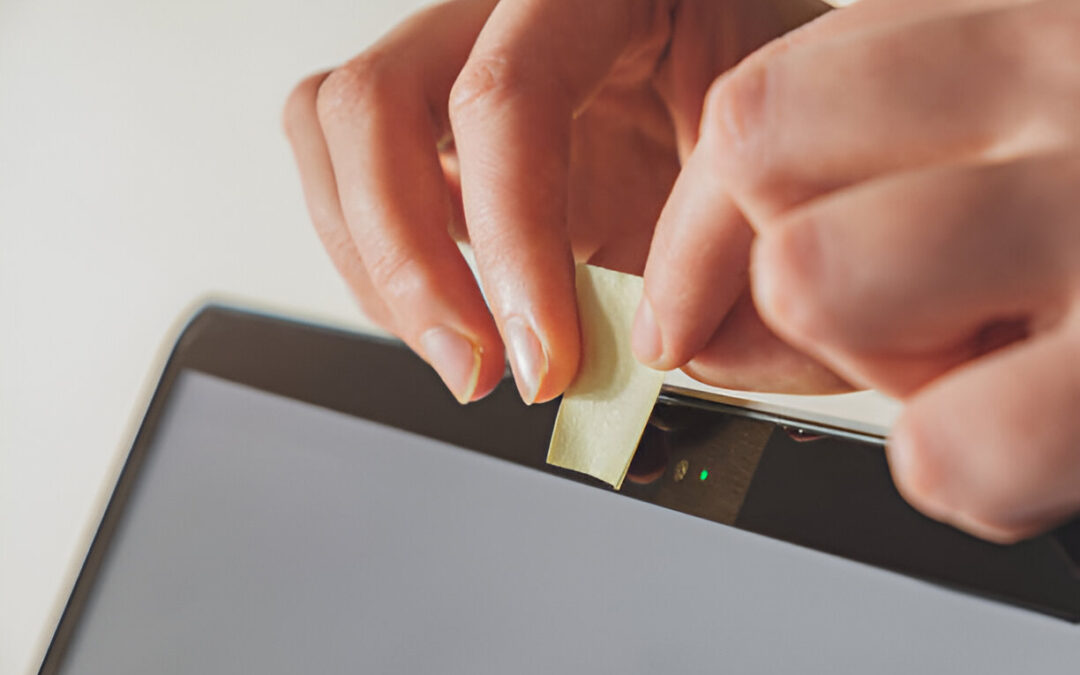In our fast-paced digital world, where our phones and laptops are essential extensions of ourselves, ensuring their security is paramount. While many of us are aware of the importance of strong passwords and updated antivirus software, there’s one crucial aspect of digital security that often gets overlooked: protecting your camera. Camera covers might seem like a small accessory, but they play a vital role in safeguarding your privacy. Here’s the ultimate guide to understanding and choosing the right camera cover to keep your devices safe.
Why Camera Covers Matter
The rise of cyber threats has made protecting our digital devices more important than ever. One particular concern is the risk of unauthorised access to your camera. Cybercriminals and malicious software can sometimes exploit vulnerabilities in your device’s camera, potentially allowing them to spy on you without your knowledge. While this may sound like something out of a thriller novel, it is a real and pressing issue.
Camera covers offer a simple yet effective solution. By physically blocking the camera lens, they prevent any unauthorised access and ensure that your privacy remains intact. This small step can provide significant peace of mind and is a practical addition to your digital security toolkit.
Types of Camera Covers
When choosing a camera cover, it’s important to understand the different types available and how they fit your needs. Here’s a rundown of the most common options:
- Sliding Covers
- Description: These covers feature a sliding mechanism that allows you to easily open and close the camera lens as needed.
- Pros: Convenient for frequent use, allows quick access to the camera.
- Cons: May wear out over time with heavy use.
- Adhesive Covers
- Description: These covers adhere to your device with a sticky backing and can be easily removed or repositioned.
- Pros: Simple to apply and remove, often low profile.
- Cons: The adhesive may leave residue if removed, not always as durable.
- Magnetic Covers
- Description: These covers use magnets to attach to your device, making them easy to remove or adjust.
- Pros: Sleek design, easy to reposition or remove.
- Cons: Magnetic strength can vary, may not be suitable for all device types.
- Flip-Top Covers
- Description: Similar to sliding covers but with a flip-top design that opens and closes over the camera.
- Pros: Provides additional protection from dust and debris.
- Cons: May be bulkier than other options.
Choosing the Right Camera Cover
With various options available, selecting the best camera cover for your device involves a few key considerations:
- Compatibility
- Ensure the cover fits your device’s camera properly. Measure the camera lens and check the dimensions of the cover before purchasing. Some covers are adjustable or come in multiple sizes to fit different devices.
- Material Quality
- Opt for covers made from durable materials like high-grade plastic or metal. The quality of the material affects the cover’s longevity and its ability to stay in place.
- Ease Of Use
- Choose a cover that is easy to apply, remove, and operate. A cover that is cumbersome or difficult to use can be frustrating and may deter you from using it consistently.
- Design And Aesthetics
- While functionality is crucial, the design of the camera cover can also be important. Look for options that complement your device and fit seamlessly with its design.
- Additional Features
- Some camera covers come with extra features, such as built-in lens protectors or customisable designs. Consider if these additional features are beneficial for your needs.
Installing Your Camera Cover
Installing a camera cover is generally straightforward. For adhesive and magnetic covers, clean the area around your camera lens before application to ensure a secure fit. For sliding or flip-top covers, follow the manufacturer’s instructions for proper installation and operation.
Maintaining Your Camera Cover
To keep your camera cover in good condition, periodically check that it is clean and free from dust or debris. If you use an adhesive cover, make sure it remains securely attached and replace it if it starts to peel off.
Conclusion: A Simple Step For Greater Security
Incorporating a camera cover into your digital security routine is a small yet impactful step towards safeguarding your privacy. By understanding the different types of camera covers and selecting one that suits your needs, you can enjoy greater peace of mind knowing that your personal space is protected from potential intrusions. As we continue to navigate an increasingly digital world, taking proactive measures to ensure our privacy and security remains a vital aspect of maintaining control over our personal information.

